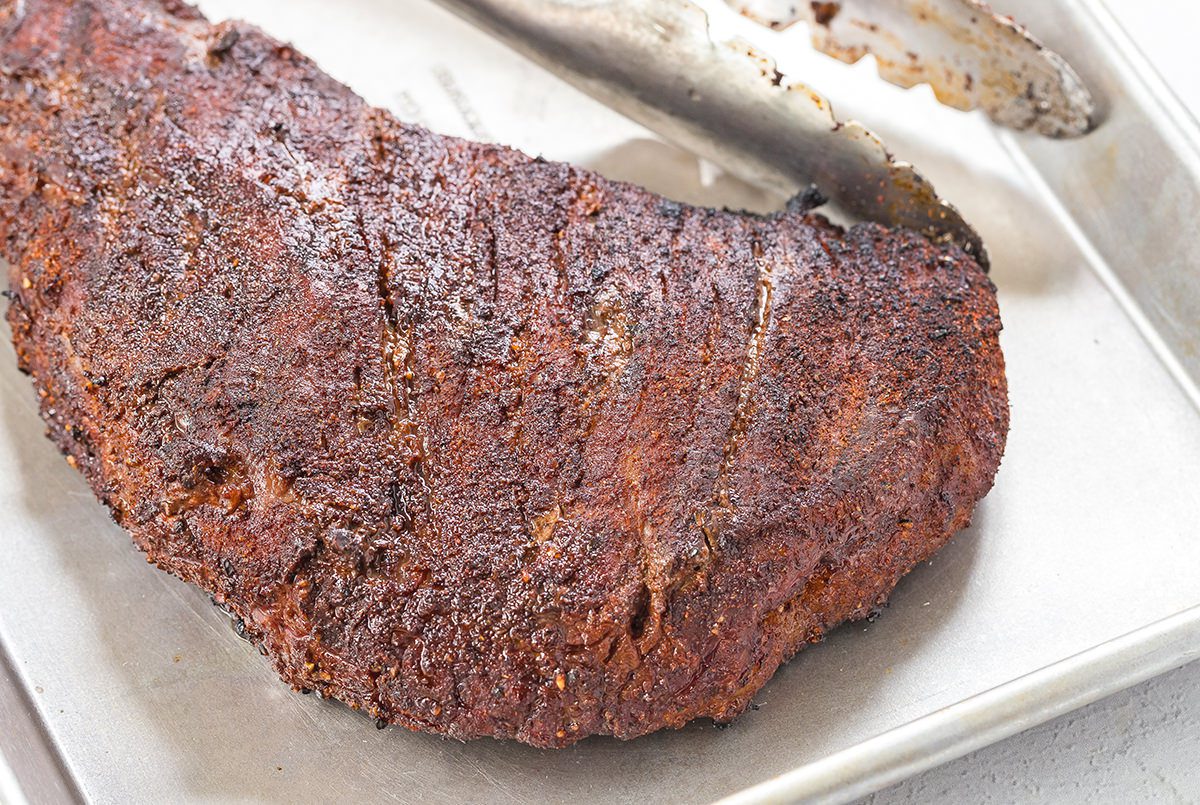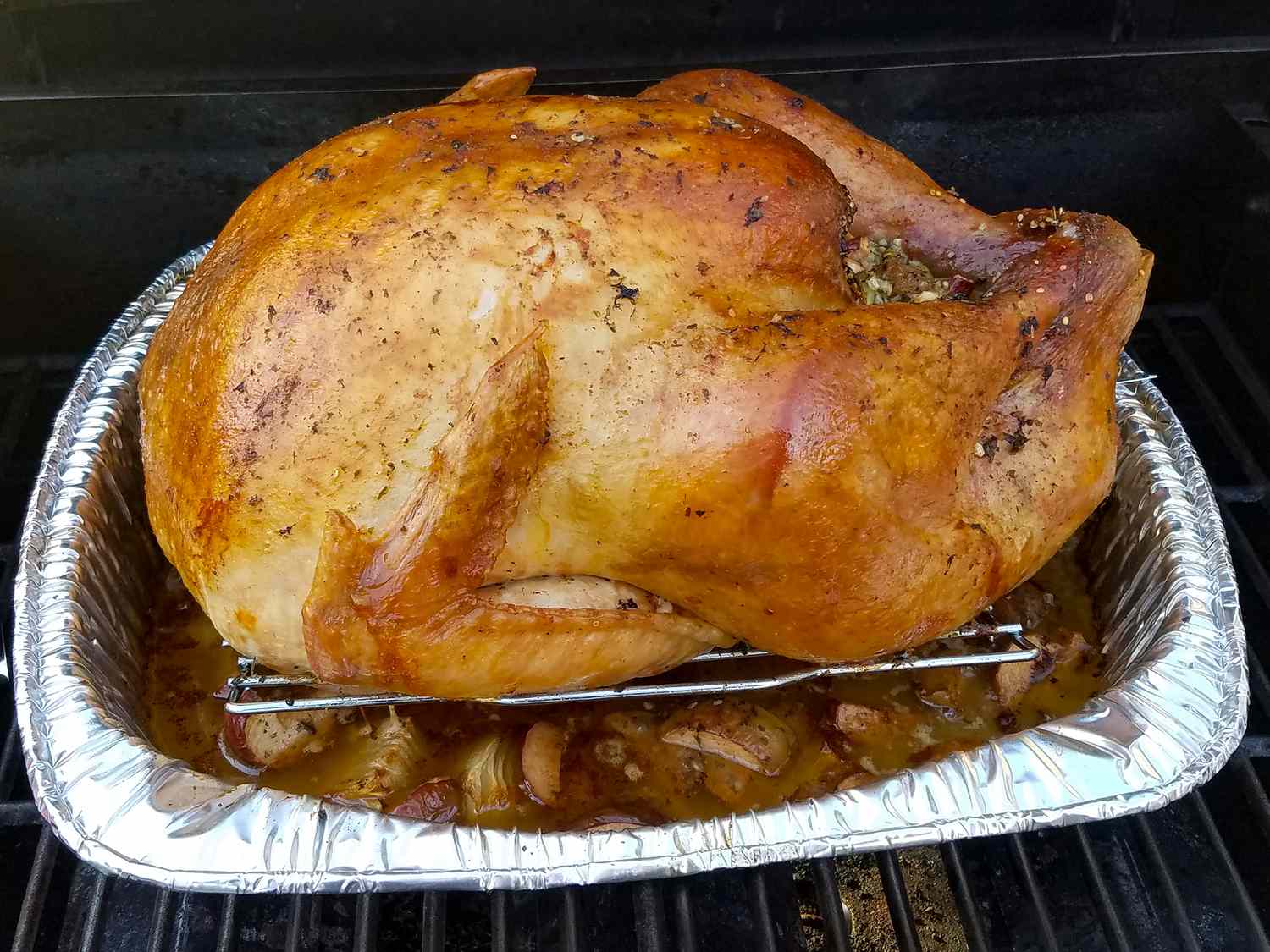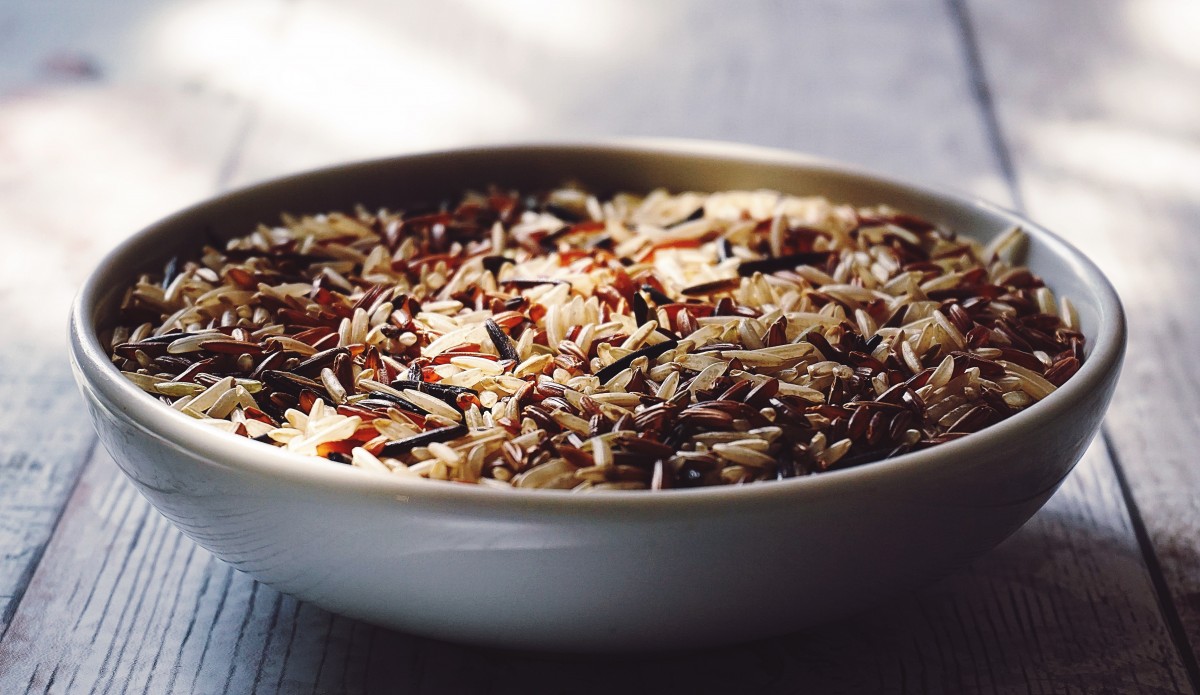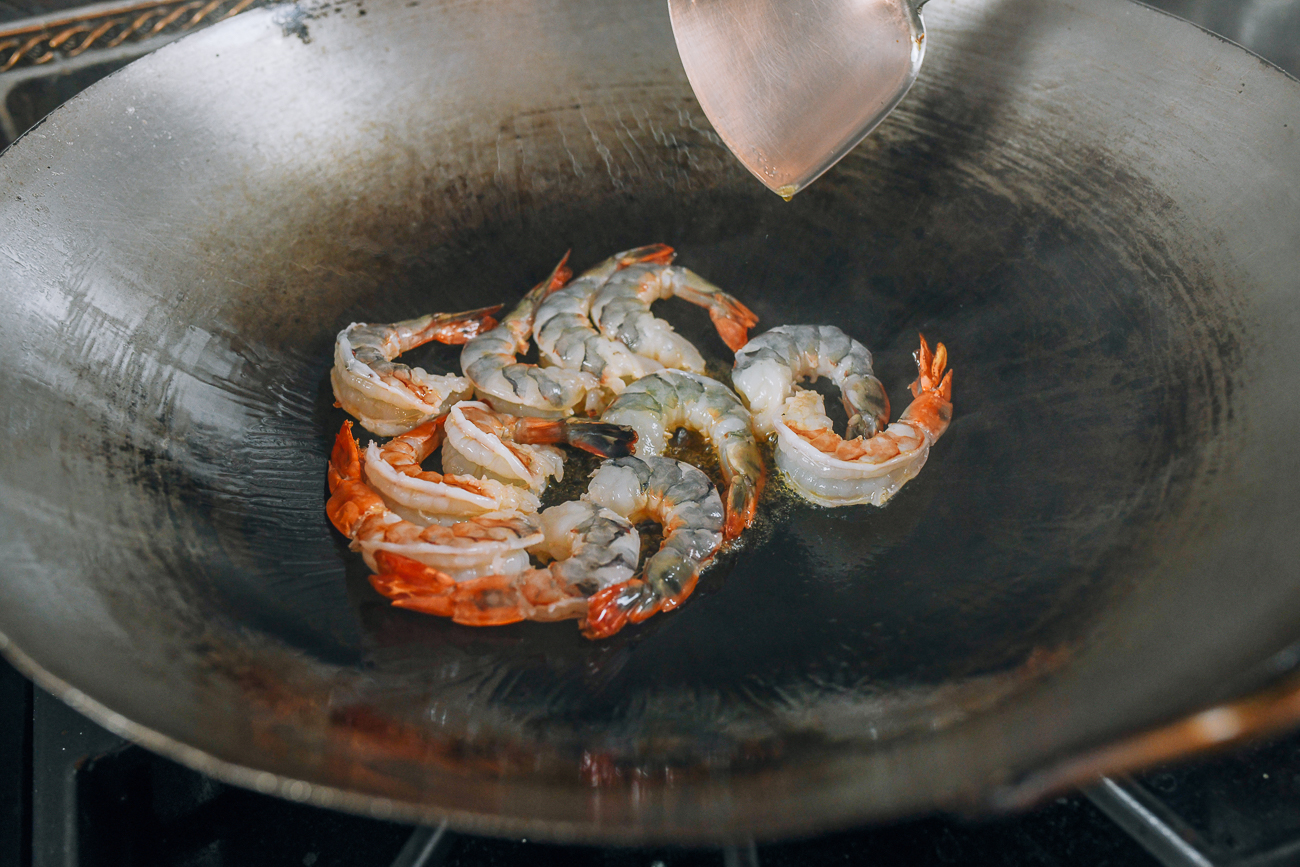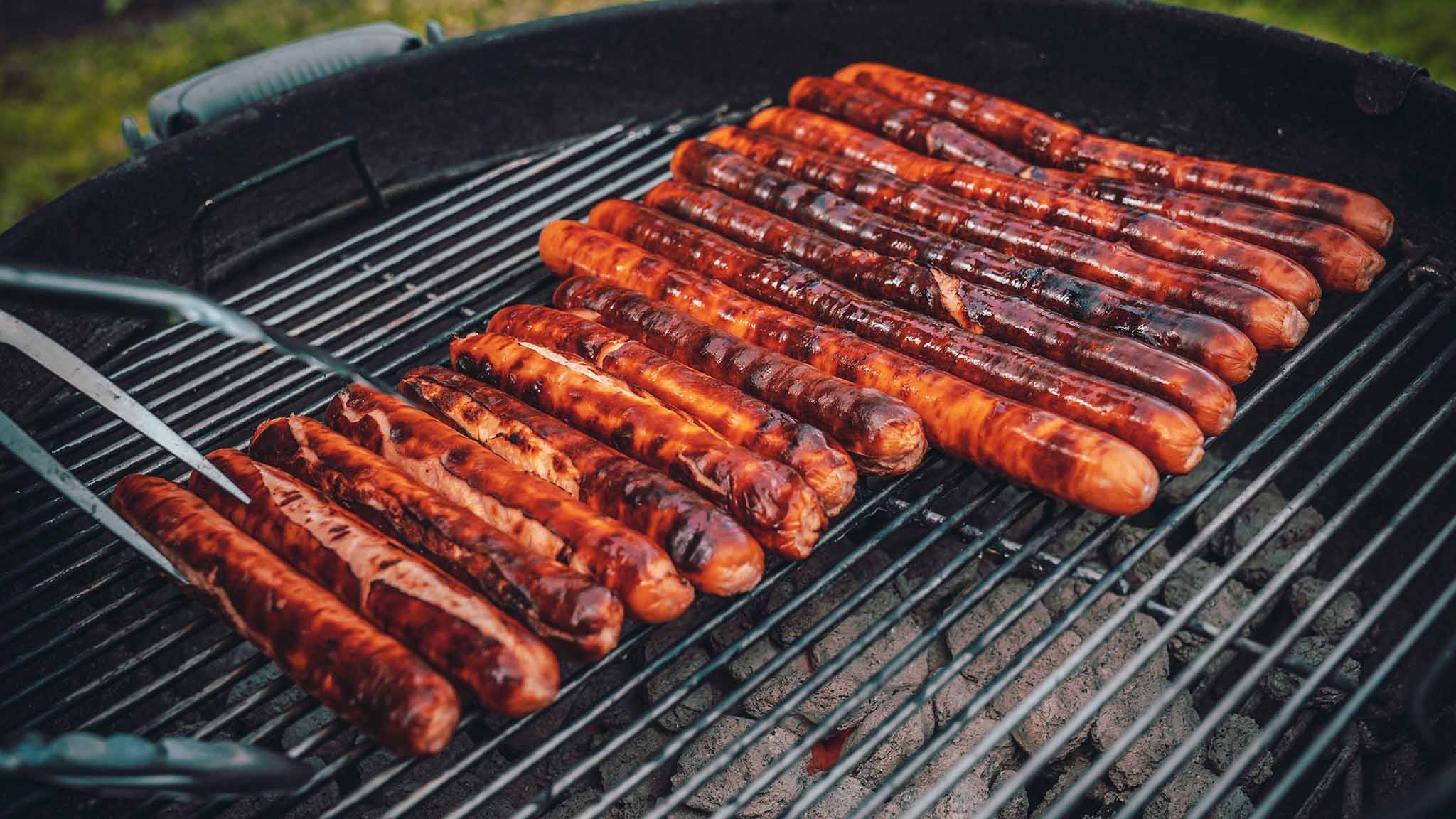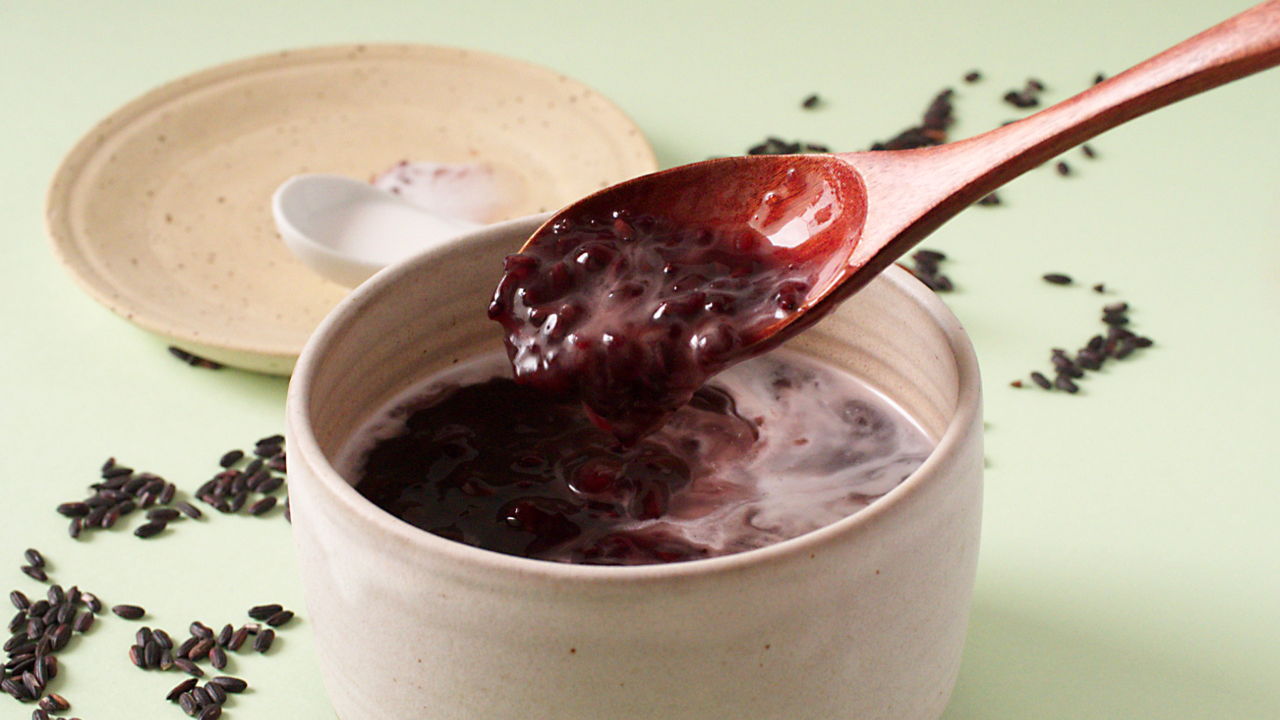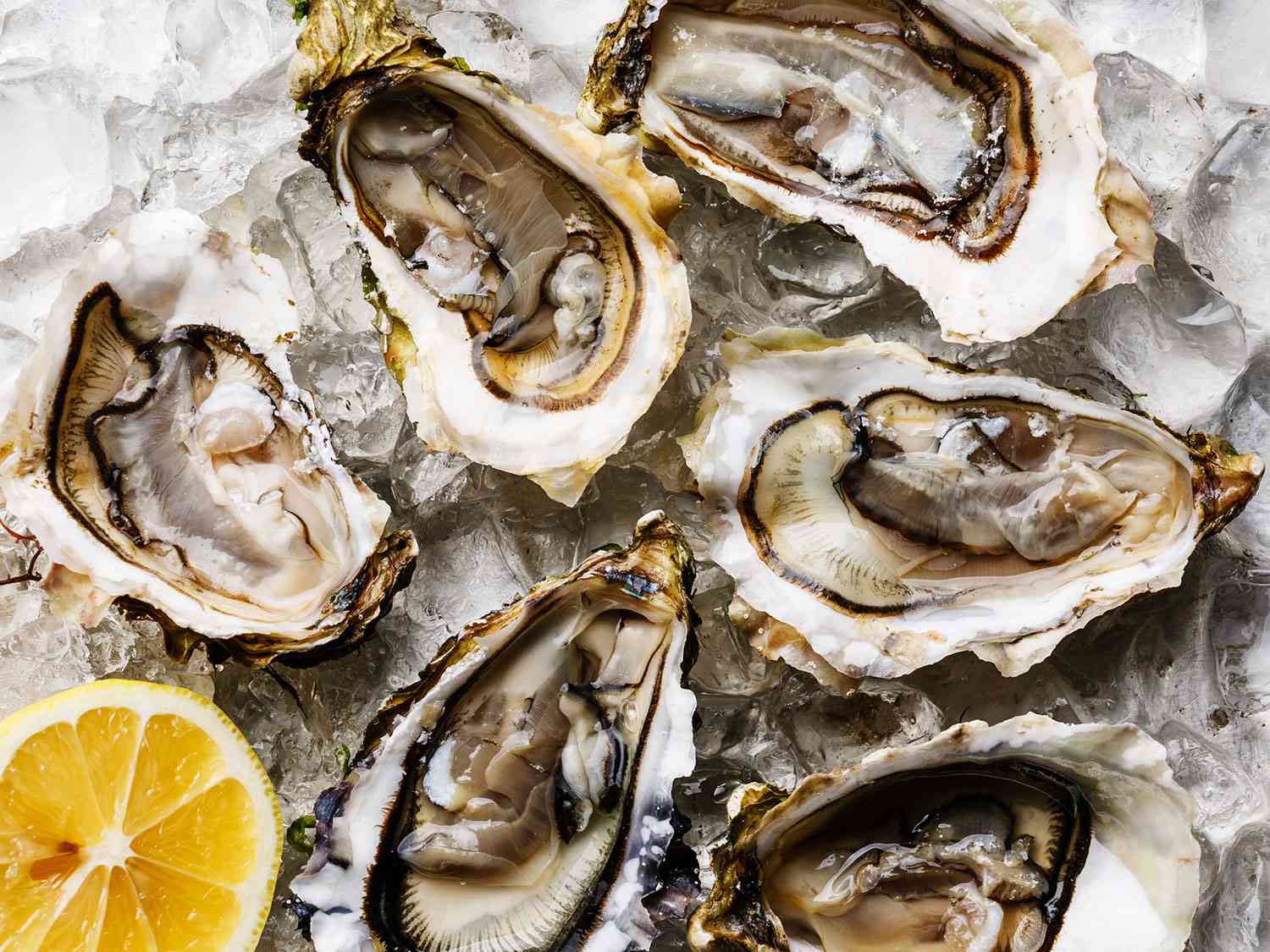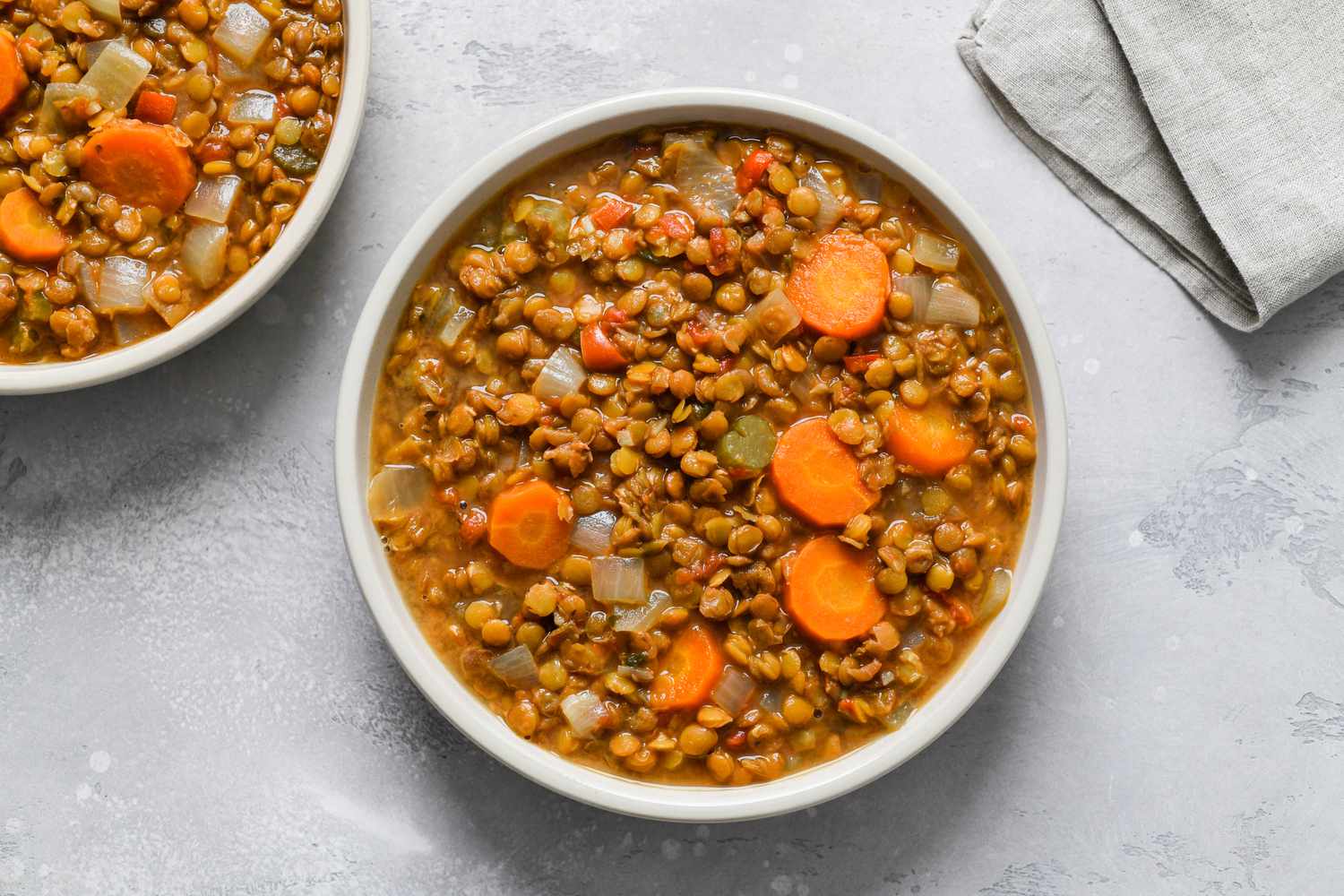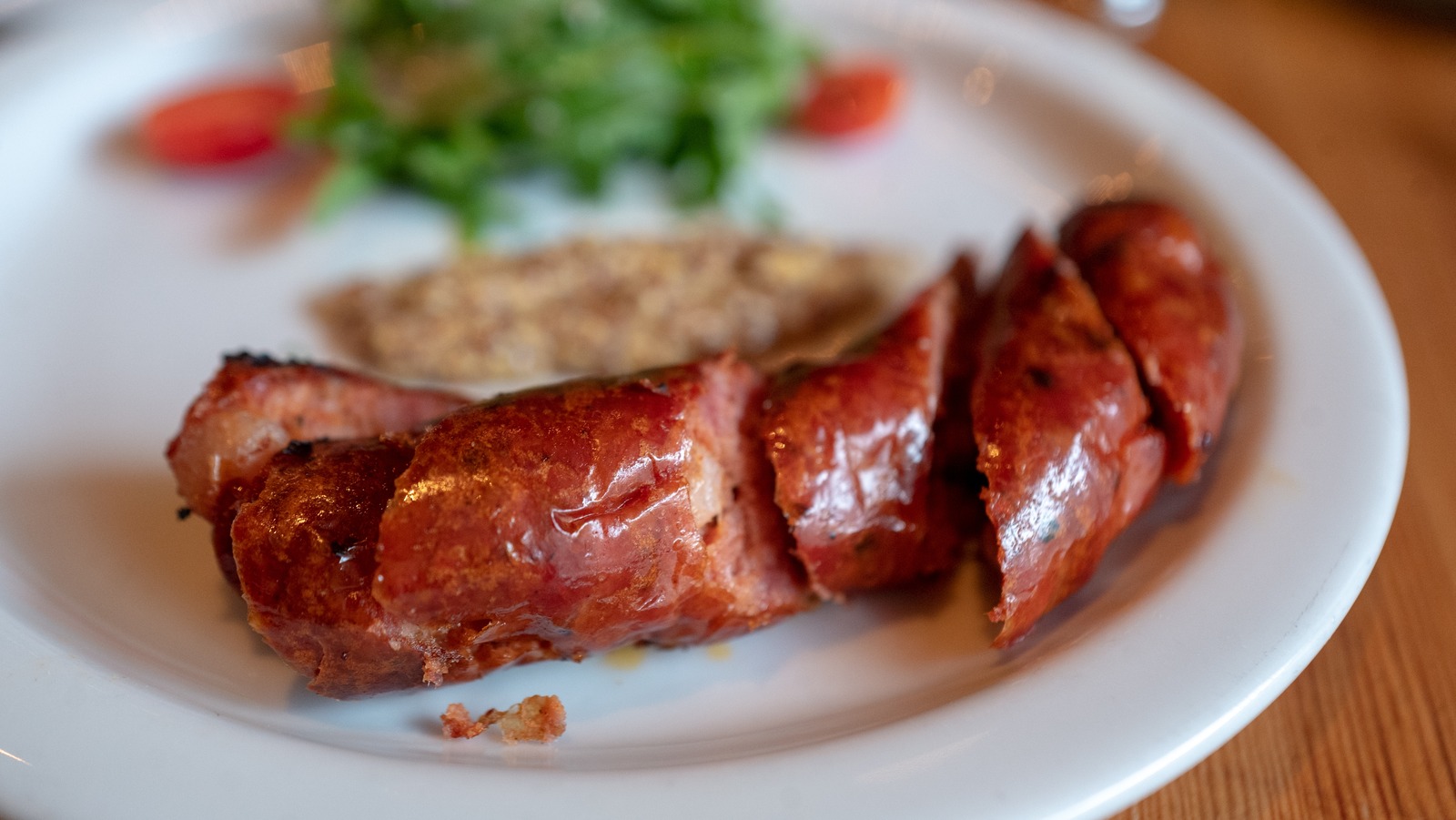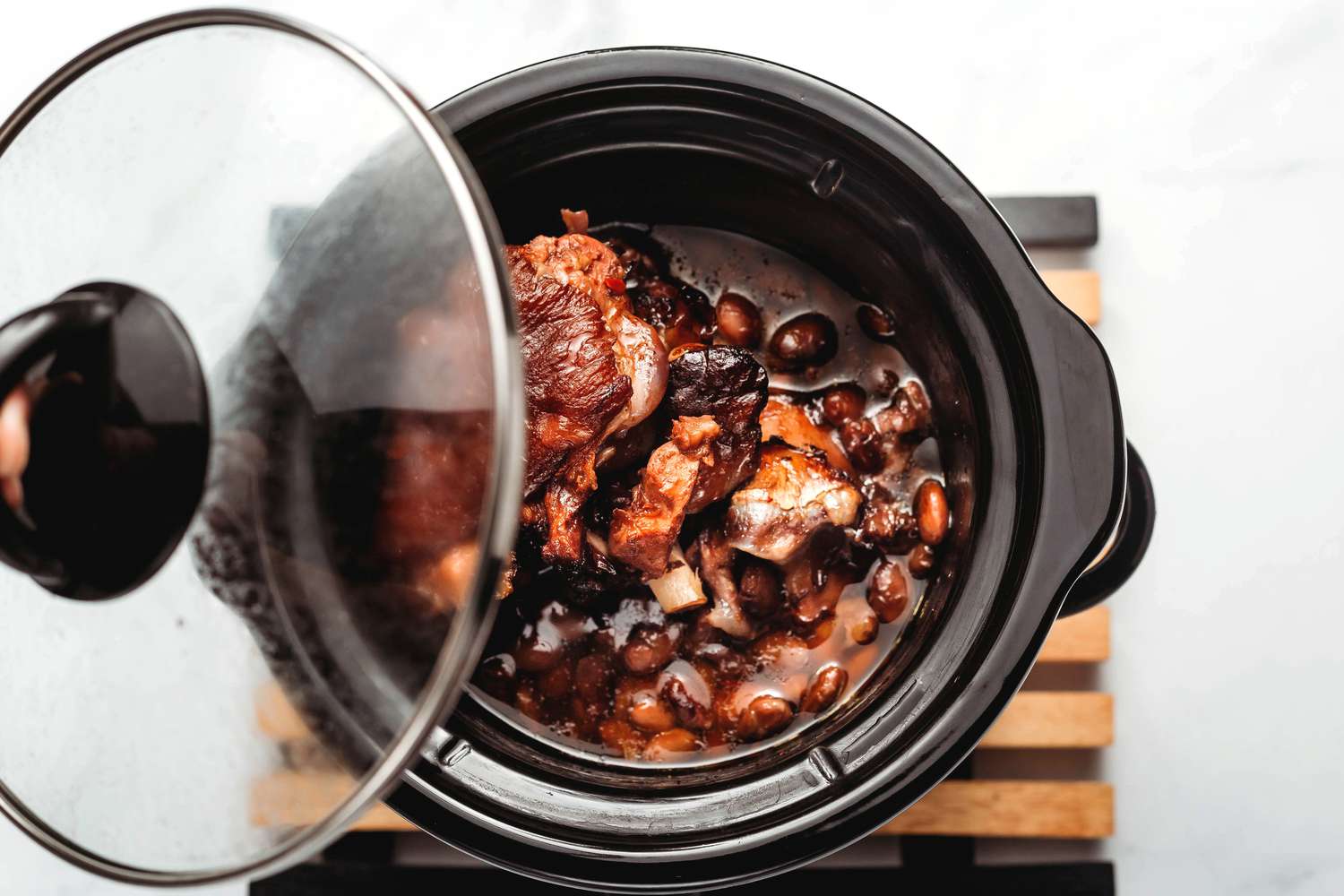Cooking in a microwave convection oven combines the speed of microwave heating with the baking and roasting capabilities of a traditional oven. This versatile kitchen appliance allows for quicker cooking times while still achieving that desirable crispy exterior on foods. Whether you're a seasoned chef or new to the kitchen, mastering this tool can significantly expand your culinary repertoire. From baking fluffy cakes to roasting succulent chickens, the microwave convection oven is a game-changer. Let's dive into the basics of how to harness its potential, ensuring your dishes come out perfectly every time.
Essential Ingredients for Your Dish
- Chicken breasts (2, medium-sized)
- Olive oil (2 tablespoons)
- Salt (1 teaspoon)
- Black pepper (½ teaspoon, freshly ground)
- Garlic powder (1 teaspoon)
- Paprika (½ teaspoon)
- Mixed herbs (1 teaspoon, dried)
- Lemon juice (1 tablespoon)
- Fresh parsley (for garnish, optional)
Must-Have Tools for Cooking
- Microwave convection oven
- Microwave-safe cookware (glass, ceramic, or silicone)
- Oven mitts or pot holders
- Silicone spatula or wooden spoon
- Measuring cups and spoons
- Cutting board
- Sharp knife
- Mixing bowls
- Baking dish or pan (if baking or roasting)
- Wire rack (for even air circulation, if the oven doesn't include one)
- Thermometer (to check doneness of meats)
- Aluminum foil or parchment paper (optional, for easier cleanup)
Microwave convection ovens combine speed of microwaving with baking quality. Preheat for even cooking. Use metal pans, lower temperatures by 25°F, and reduce cooking time by 20% for best results.
The Importance of Cooking Techniques
Cooking in a microwave convection oven combines speed with versatility, allowing you to quickly bake, roast, and crisp foods. This method saves time and energy, making meal preparation more efficient.
Using this appliance, home chefs can experiment with a variety of dishes, enhancing their culinary skills while enjoying delicious outcomes.
Your Step-by-Step Cooking Guide
Cooking in a Microwave Convection Oven: Step by Step Guide
-
Step 1: Understand Your Oven
- Familiarize yourself with your microwave convection oven. Recognize that this appliance combines the quick cooking aspects of a microwave with the browning and crisping capabilities of a convection oven.
-
Step 2: Choose Suitable Cookware
- Use cookware that is safe for both microwave and convection modes. Materials like silicone, metal (for convection mode only), and ceramic are ideal choices.
-
Step 3: Preheat the Oven
- If your recipe requires, preheat your oven by selecting the convection mode and setting the desired temperature. Most models have a preheat setting that signals when the correct temperature is reached.
-
Step 4: Adjust Cooking Settings
- Decide whether to use the microwave, convection, or combo mode based on your recipe. Combo mode allows for faster cooking while still achieving a browned or crisped exterior.
-
Step 5: Place Food in the Oven
- Arrange your food on the turntable or baking tray provided, ensuring there is enough space around the dish for air to circulate.
-
Step 6: Set the Time and Temperature
- Input the cooking time and temperature. For convection cooking, reduce the temperature by about 25°F (about 15°C) compared to traditional oven recipes. Adjust cooking time as needed, typically reducing by 25%.
-
Step 7: Monitor Cooking Progress
- Keep an eye on your dish, especially the first time you try a new recipe. Cooking times can vary based on the oven model and the size and type of food.
-
Step 8: Use Oven Mitts to Remove Food
- Once cooking is complete, carefully remove the hot dish using oven mitts. The interior and exterior of the oven, including the door, can become very hot.
-
Step 9: Let Food Rest
- Allow your food to rest for a few minutes after cooking. This step is crucial for dishes like meat, as it lets the juices redistribute.
-
Step 10: Clean the Oven
- After the oven cools down, clean the interior with a damp cloth. Remove and wash the turntable and any other removable parts with soapy water to keep your microwave convection oven in optimal condition.
Mastering Your Microwave Convection Oven
Cooking with a microwave convection oven opens up a world of culinary possibilities, blending the speed of microwaving with the quality of convection cooking. Remember, starting with simple recipes is key to getting comfortable with this versatile appliance. Experiment with different settings to find what works best for your favorite dishes. Paying attention to cook times and temperatures will ensure your meals come out perfectly every time. Don't be afraid to try new things; this oven is designed to handle a variety of cooking methods, from baking to roasting. With practice, you'll find that cooking in a microwave convection oven is not just convenient but also a way to elevate your meals. So, grab those recipes, and let's get cooking!
All Your Questions Answered
Can I use metal pans in a microwave convection oven?
Nope, you can't. Metal pans reflect microwaves, which means they're a no-go in microwave mode. However, when you're using the convection feature, metal pans are just fine. Just be sure you're clear on which mode you're cooking in to avoid any kitchen mishaps.
What's the difference between microwave cooking and convection cooking?
Microwave cooking uses electromagnetic waves to heat up your grub, focusing on water molecules, which makes it super quick. Convection cooking, on the flip side, circulates hot air around the food, cooking it evenly and giving it a lovely browned or crisped exterior. It's like having a mini oven within your microwave.
How do I convert traditional oven recipes for a microwave convection oven?
Generally, you'll want to lower the cooking temperature by about 25°F and reduce the cooking time by roughly 20-30%. But hey, every oven's a bit different, so consider this a starting point. Experimentation and a bit of trial and error will get you perfectly tuned results.
Can I bake a cake in a microwave convection oven?
Absolutely! Just switch to the convection mode, and you're good to go. Your microwave convection oven can bake a cake just as well as a traditional oven, sometimes even better because it maintains a steady temperature and circulates air to avoid hot spots.
Is preheating necessary in a microwave convection oven?
Yes, it is. Just like with a regular oven, preheating ensures your food cooks evenly and at the right temperature from the get-go. Most recipes will tell you to preheat, and doing so can make a big difference in the outcome.
How do I clean my microwave convection oven?
Keep it simple. Wipe down the interior with a damp cloth after using the convection mode to prevent grease buildup. For tougher spots, a mix of water and a little dish soap does wonders. Just make sure it's unplugged before you dive into cleaning.
Can I use microwave-safe plastic containers in convection mode?
Not a chance. In convection mode, your oven gets as hot as a traditional oven, which means microwave-safe plastics can melt. Stick to convection-safe cookware, like glass or ceramic, when you're using that mode.

